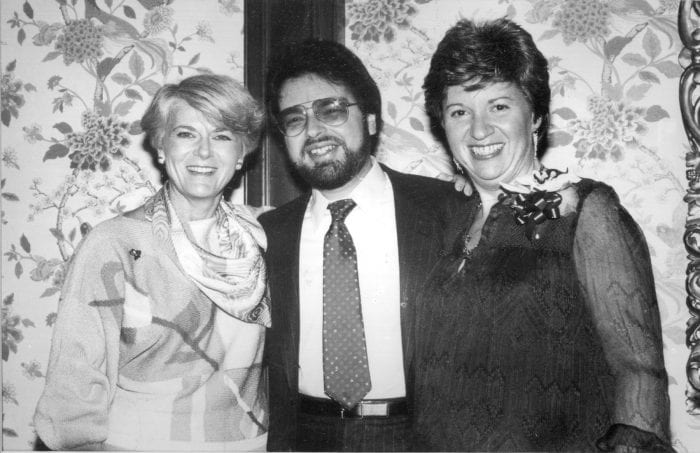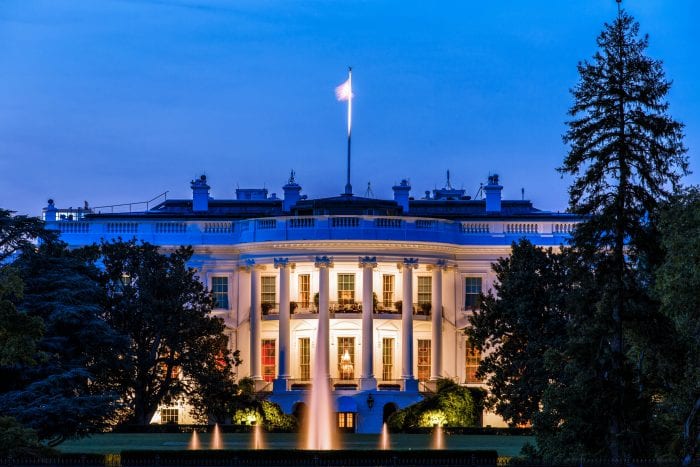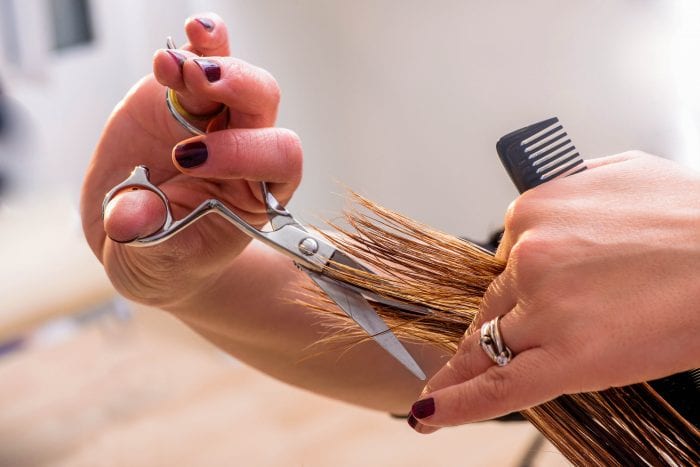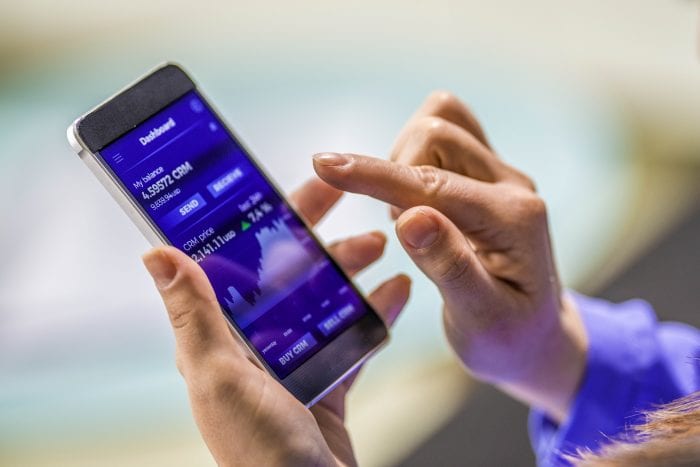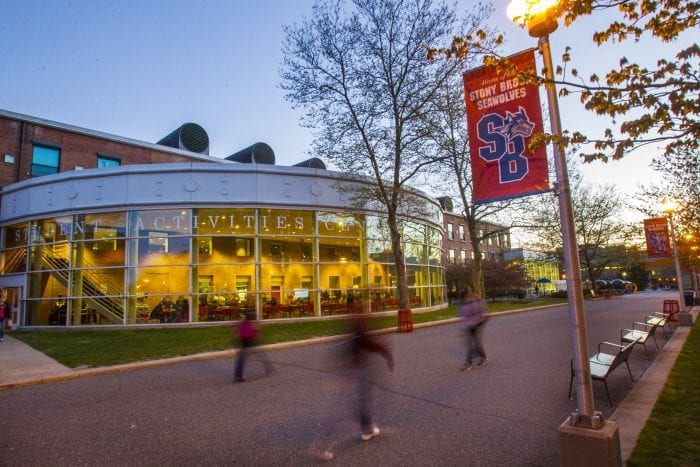By Leah S. Dunaief

The road to the election of a woman vice president of the United States is a long one, and with our newspapers, we have traveled it from the first nomination of a woman by a major party to today.
Geraldine Ferraro was the running mate of Walter Mondale in the 1984 presidential election and was supported after she was nominated by a majority of women, according to a Newsweek poll, 49% to 41%. Men supported the Reagan-Bush ticket 58% to 36%.
In the end, despite a lively campaign that had Ferraro traveling 55,000 miles around the country and speaking in 85 cities, the Democratic ticket lost in a landslide, carrying only the underdog, Walter Mondale and his home state of Minnesota and the District of Columbia.
When I was president of the New York Press Association, it was my responsibility to arrange for the keynote speaker at our 1985, 500-member state convention. I mailed an invitation to Ferraro, and despite collegial assurances that she would not even read the letter herself, much less come, she delighted us by accepting. Indeed, she came to the hotel in Colonie, north of Albany center, for the entire weekend and was most generous with her time, including a productive shopping trip during break to the local mall on Saturday afternoon. She also gave my oldest son a private interview for his college newspaper.
Why did she agree to come? She felt poorly treated by the press throughout her campaign, and I had suggested that she might want to offer her impressions of how badly she was covered to us. Indeed, she did, in direct and no uncertain terms.
Ferraro, as you might guess, was a remarkable woman and politician. She was known for her breezy style and saucy manner, and when she felt patronized by Reagan’s vice presidential candidate, George H. W. Bush during the campaign, she memorably scolded him publicly. She was endearing in many ways. When introduced at public gatherings, if she liked the introduction music, she would break into a little dance behind the speaker’s platform before beginning her talk. She wore silk dresses and pearls but never flowers. When my husband, who was with me at the convention, brought both of us corsages to wear on stage, she declined most apologetically. “I’m not allowed to wear flowers,” she explained to our astonishment. “They are too feminine.”
As The New York Times described in her obituary in 2011, she was ideal for television. Down to earth, streaked blond hair, a peanut-butter-and-jelly sandwich-making mother of three, she was appealing, I guess in the way of Doris Day. She was brought up by a single mother, who over the years, it was told, sewed beads on wedding dresses to pay for her daughter to attend good schools. And while Ferraro graduated from Fordham Law School, it was not until her own children were of school age that she started working in the Queens District Attorney’s office.
From 1979-1985, after serving as a criminal prosecutor, she was elected to the House of Representatives. Less combative than Representative Bella Abzug before her, she proved to be comfortable and well liked “by the boys,” especially House Speaker Tip O’Neill, Jr. And while she was more familiar with urban ward politics than foreign policy, for example, she was a quick study and learned what she needed to know at any given time.
Unfortunately, Ferraro was forced to hold a marathon news conference in the middle of the election, when her husband, John Zaccaro, was accused of financial misdealings, an event that certainly hurt the ticket.
Born in Newburgh, New York, in 1935, Ferraro was, to me, a phenomenon in a crowded room. She would stop and shake hands with every person as she walked along, look each one in the eye and within 30 seconds establish some common connection that brought a smile to each face. She was not only the first woman candidate for vice president of a major party but also the first Italian-American nominee. Kamala Harris stands on Geraldine Ferraro’s shoulders finally with her win.

